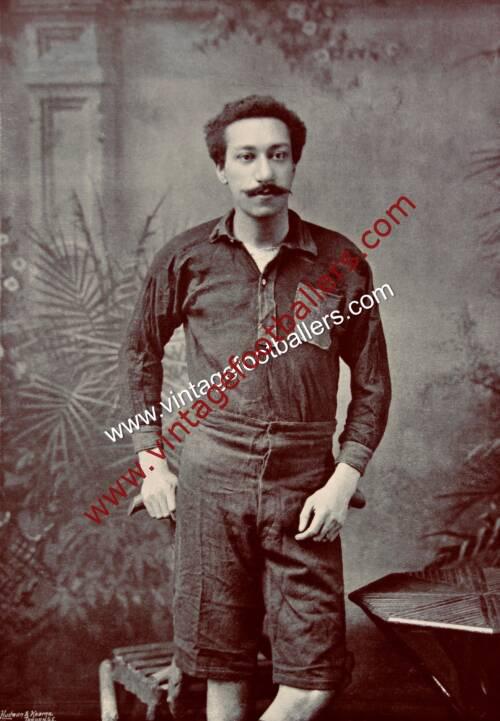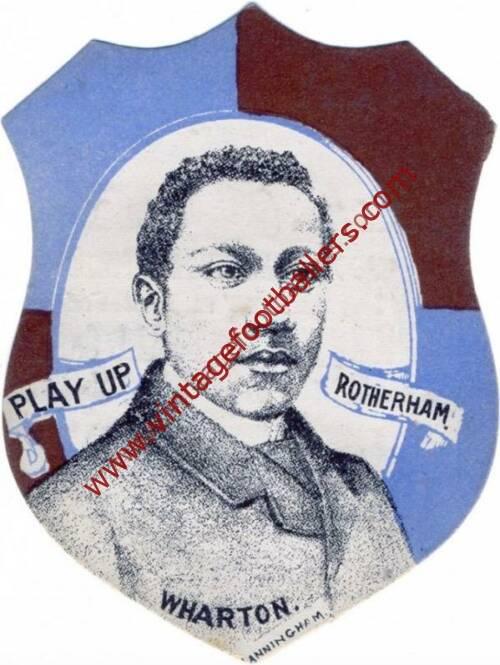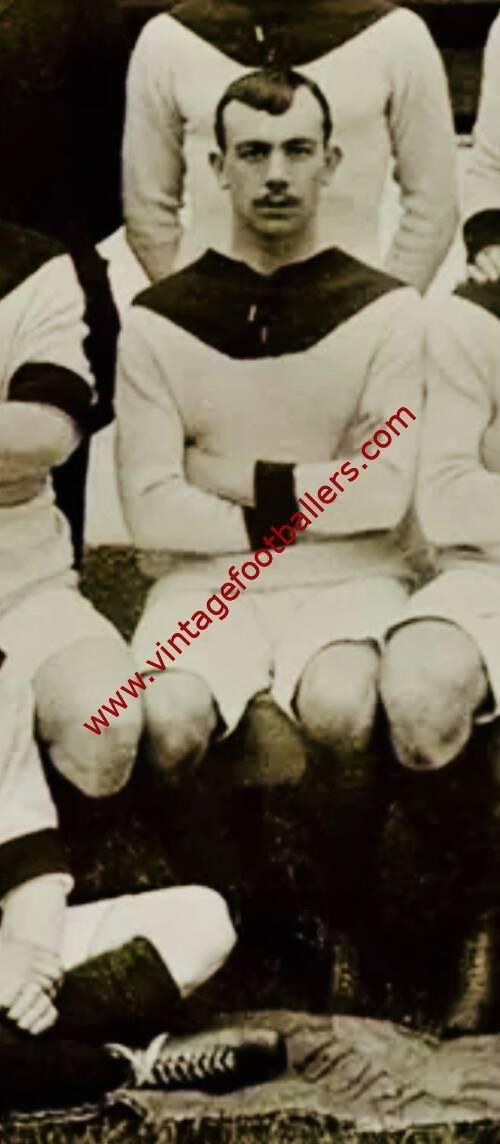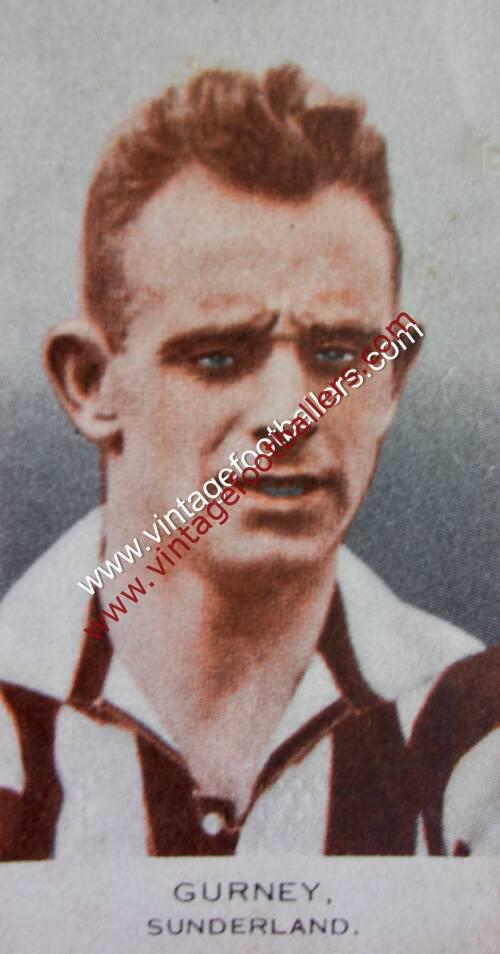Please choose your photo size from the drop down menu below.
If you wish your photo to be framed please select Yes.
Note: 16″x 20″not available in a frame.
Images can also be added to accessories. To order please follow these links
£4.95 – £49.95
Please choose your photo size from the drop down menu below.
If you wish your photo to be framed please select Yes.
Note: 16″x 20″not available in a frame.
Images can also be added to accessories. To order please follow these links
Jamestown, Gold Coast born goalkeeper and sometimes winger Arthur Wharton is widely considered to be the first black professional footballer in the world. Though not the first black player outright – the amateurs Robert Walker, of Queen’s Park, and Scotland international player, Andrew Watson predate him – Wharton was the first black professional and the first to play in the Football League. The son of a Grenadian father and a Ghanaian mother, Wharton moved to England in 1882 at age 19, soon becoming a full-time athlete. He was an all-round sportsman, in 1886, he equaled the amateur world record of 10 seconds for the 100-yard sprint in the AAA Championship. He was also a keen cyclist and cricketer, playing for local teams in Yorkshire and Lancashire. However, Wharton is best remembered for his exploits as a footballer.
Wharton started as an amateur playing as a goalkeeper for Darlington in 1885-86, where he was spotted by Preston North End after playing against them. He joined them as an amateur, and was part of the team that reached FA Cup semi-finals in 1887. Though part of the formation of “The Invincibles” of the late 1880’s, he left Preston in 1888 to concentrate on his running, and thus was not part of the team that subsequently won The Double in 1888-89.
In 1888 the Sheffield Football Association agreed to give a testimonial to Sheffield Wednesday’s Billy Mosforth, against Preston North End. The meeting of both clubs in the FA Cup meant that the match was postponed until February, by which point the Olive Grove was snow covered and the match was switched to Bramall Lane. Wharton volunteered for the ‘Sheffield Wednesday and District’ team but despite both clubs being locked into a draw in the first half Preston ran away with the match, winning 8-1. It was reported that Wednesday’s heavy loss was “in great measure owing to the wretched performance of Wharton, who utterly failed to uphold his high reputation as a goalkeeper” and that he “could not have stopped the ball had it been half as big as a balloon”.
It was reported that at times the Wednesday fans applauded every kick Wharton took and one fan angrily asked the Preston team where they had “brought him from” as it was well known that Wharton was a former Preston player. There were even fears that he would be the victim of violence as he left the field Wharton did have a connection to Sheffield Wednesday, through his trainer in Sheffield ‘Billy’ South, who amongst other noted Sheffield sporting icons of the day also trained Wednesday’s Tommy Crawshaw.
Having failed to impress at Sheffield Wednesday he returned to football in 1889, joining Rotherham Town, signing as a professional. When Rotherham Town joined the Football League, Wharton made his Football League debut at Walsall Town Swifts in September 1893, making 20 appearances in goal for Rotherham and playing in two thirds of their fixtures during their inaugural League season. In 1894 he moved to First Division club Sheffield United, though he was understudy to regular first team goalkeeper William “Fatty” Foulke. During the 1894-95 Wharton played three games for Sheffield United, against Leicester Fosse, Linfield and Sunderland, the latter being his only First Division match in February 1895, making Wharton the first mixed-heritage player to play in the top flight.
He returned to Rotherham Town in the summer of 1895 and played a further 16 matches in goal for them during the first half of their 1895-96 campaign, which would prove their final League season. In late 1895 he left for Stalybridge Rovers but after falling out with their management moved to Ashton North End in Ashton-under-Lyne in 1897. Ashton North End went bankrupt in 1899, and he returned to Stalybridge Rovers, playing with a young Herbert Chapman, before seeing out his career on the books of Second Division club Stockport County in 1901-02. As well as playing in goal, he would also occasionally feature outfield as a winger, retiring from football in 1902.
On his death in 1930 he was buried in an unmarked pauper’s grave. The grave was given a headstone in 1997 after a campaign by anti-racism campaigners Football Unites, Racism Divides. In 2003 Wharton was inducted into the English Football Hall of Fame in recognition of the impact he made on the game. A campaign to have a statue erected in Darlington as well as in Rotherham to acknowledge Wharton’s achievements has gained wide support within the professional game. In 2012, a small statue of Wharton was presented to Sepp Blatter at the headquarters of FIFA, where it will be on permanent display. On 16th October 2014, a statue honouring Wharton was unveiled at St George’s Park National Football Centre.
| Weight | N/A |
|---|





